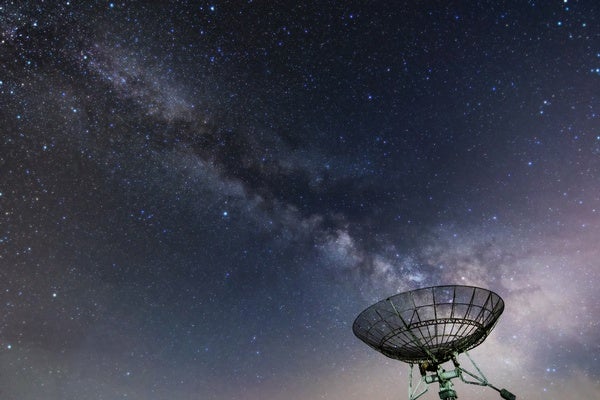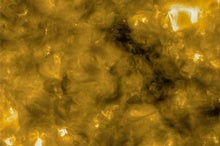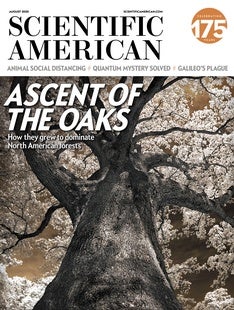 |
| July 16, 2020 |
Dear Reader,
The first pictures released from the Solar Orbiter satellite mission, led by the European Space Agency, are the closest ever taken of the Sun. The images show the corona teeming with thousands of miniature solar flares, which scientists have dubbed "campfires." Check out the photos in our story below. Also in space news, astronomers are using a sophisticated form of analysis called Bayesian statistics to estimate the odds of life beyond the solar system. Our lead story has the details. Also featured in today's roundup is a piece about the debate over the newly identified mutation involving the "spikes" studding the SARS-CoV-2 pathogen and its implications. |
| | Sunya Bhutta, Senior Editor, Audience Engagement
@sunyaaa | |
 |
| |
| |
| |
| |
| |
| Conservation Why Some Birds Are Likely To Hit Buildings Those that eat insects, migrate or usually live in the woods are most likely to fly into buildings that feature a lot of glass. |  | By Jason G. Goldman | 02:27 | | | |
| |
| |
FROM THE STORE
 | | | |
| |
FROM THE ARCHIVE
 | | Alone in a Crowded Milky Way Even a galaxy teeming with star-hopping alien civilizations should still harbor isolated, unvisited worlds—and Earth might be among them By Caleb Scharf | January 2020 | | |
| QUOTE OF THE DAY
 "We don't necessarily have to survey every star in our galaxy to figure out how likely it is for any given place to harbor life. One or two more data points, and suddenly, we know about, essentially, the universe in terms of its propensity for producing life or possibly intelligence. And that's rather powerful." Caleb Scharf, an astronomer and astrobiologist at Columbia | |
LATEST ISSUES
 |
| |
| Questions? Comments?  | |
| Download the Scientific American App |
| |
| |





















Comments
Post a Comment